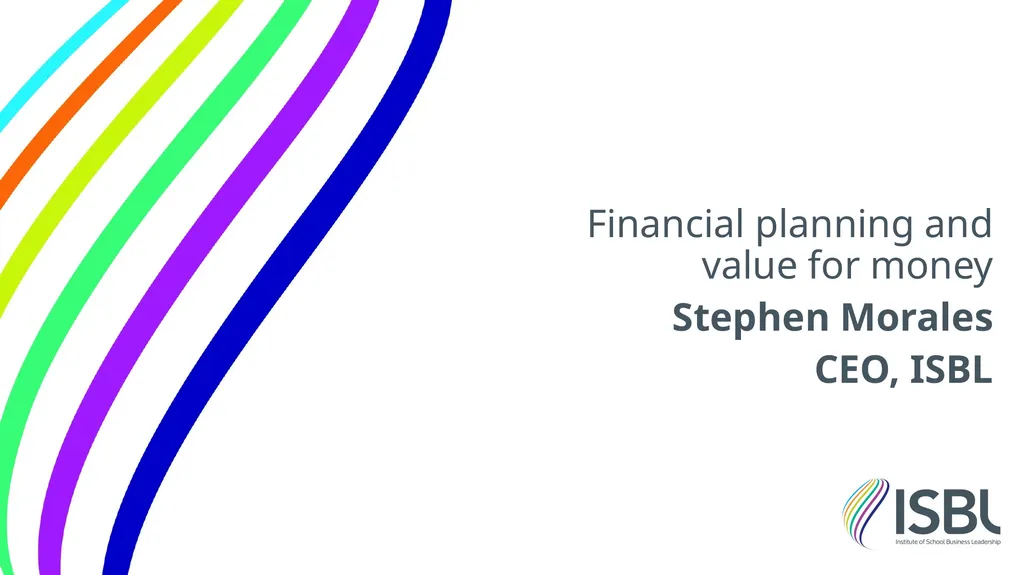
Financial planning and value for money Stephen
Author: phoebe-click | Published: 2025-06-16
Description: Financial planning and value for money Stephen Morales CEO, ISBL Financial planning and value for money What to have in place What to look out for Developing a strategic plan Know your numbers Staff pay as percentage of total expenditure
Download Presentation
Download the PPT/PDF: Download
Transcript:
Loading transcript…